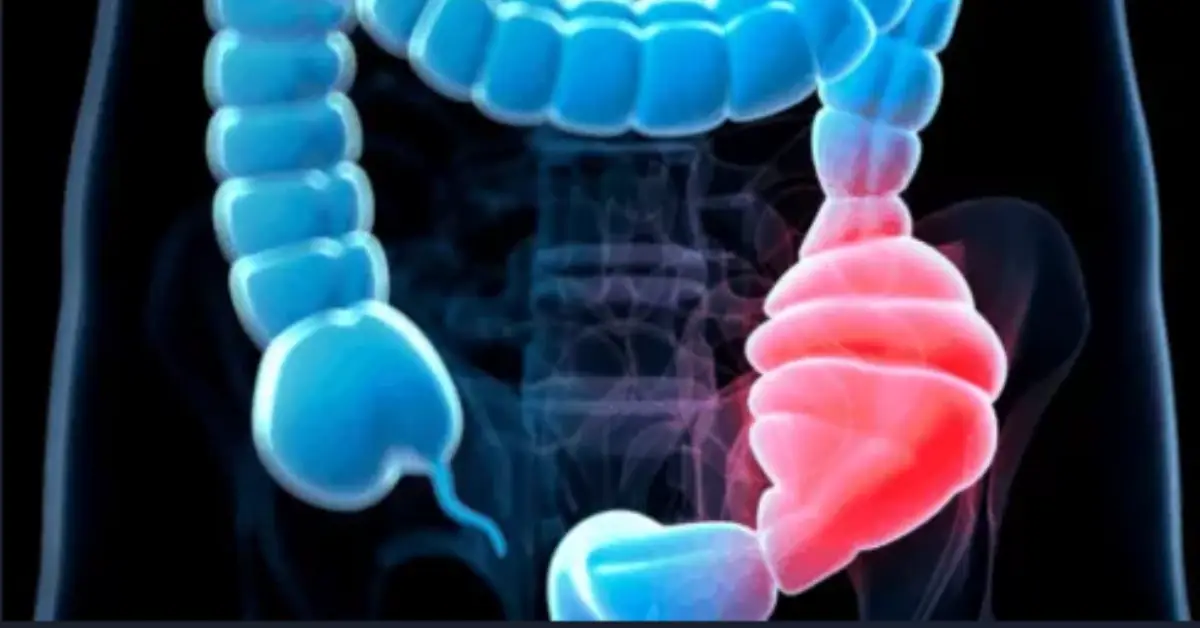If you find your bottom is extremely painful during and after a bowel movement and perhaps accompanied by bleeding, the cause might be an anal fissure, which is a small tear in the thin, moist tissue that lines the anus. An anal fissure can be exceedingly painful. The pain may continue or recur long after your bowel movement. However, once correctly diagnosed, it is generally easily treated. Anal fissures are common in infants but can occur at any age. Most anal fissures heal with simple treatment at home, such as increasing fibre in your diet, taking a stool softener, and soaking in a bath of warm water. However, sometimes medication may be prescribed. Occasionally surgery may be required if less invasive treatment fails.
Symptoms
Symptoms of an anal fissure include pain during bowel movements, pain after bowel movements that can sometimes last for hours, and bright red blood in the stool or on toilet paper. This may also lead to fear or avoidance of having a bowel movement that leads to a cycle that aggravates the constipation, resulting in harder stools.
A visible crack in the skin around your anus is a symptom but not one that you would easily be able to see for yourself, unless you use a mirror, and a small lump or skin tag on the skin near the anal fissure.
Spasms in the anal sphincter, a ring of muscle at the end of the anus, may also occur.
Causes
Passing large or hard stools, particularly if you have to strain to pass them, is one of the major causes of an anal fissure. Such straining may be the result of constipation.
Long-lasting diarrhoea can be another cause. Anal intercourse can also result in the tear. It may also follow childbirth.
Less common causes include an inflammatory bowel disease, Crohn’s disease, tuberculosis, HIV, syphilis, and anal cancer.
Risk factors
The main risk factors are constipation, straining during bowel movements, passing hard stools, anal intercourse, childbirth, and Chrohn’s disease. Age is also a risk factor, since anal fissures are commonest in infants and middle-aged adults. They can occur, however, at any age. If you have had an anal fissure, you are prone to having another one.
Complications
If an anal fissure does not heal within eight weeks, it may need further treatment. If the fissure extends into the internal anal sphincter, this may make healing more difficult. An unhealed anal fissure may result in discomfort that may require medication or surgery to reduce the pain and repair or remove the fissure.
Prevention
Measures to prevent constipation or diarrhoea may prevent an anal fissure. These measures include eating high-fibre foods, drinking plenty of fluids, and exercising regularly. The most important thing is to try to avoid having to strain during bowel movements, as this is the major cause of the tear in the tissue lining the anus. The Cimas iGo team is able to give Cimas members advice on high-fibre foods and exercise.
Diagnosis
A correct diagnosis is important for the correct treatment of the condition.
Your doctor will need to conduct a gentle inspection of the anal region. The tear is often visible. A recent acute anal fissure looks like a fresh tear. A long-lasting chronic fissure is a deeper tear. It may also have fleshy growths.
Usually, this inspection is sufficient to diagnose an anal fissure. If, however, the fissure is on the side of the anal opening rather than in the back or front, this may be a symptom of an other disorder, such as Chrohn’s disease, and require further tests. These may include inserting an anoscope into the anus to enable the doctor to see the rectum and anus.
If you are below the age of 45 and have no risk factors for intestinal diseases or colon cancer, a flexible sigmoidoscopy may be done. This involves inserting a thin flexible tube with a tiny video camera into the bottom of your colon.
If you are older than 45, have risk factors for colon cancer, or have symptoms of other conditions, a colonoscopy may be done to allow the whole colon to be inspected.
Treatment
In most cases, anal fissures heal within a few weeks with treatment at home. This includes eating more fibre, drinking more fluid, and soaking in warm water for 10 to 20 minutes several times per day, especially after bowel movements. Soaking in warm bath water helps relax the sphincter and promotes healing. If symptoms persist, further treatment may be necessary. The first medical treatment of choice is generally the application of nitroglycerine ointment to help increase the flow of blood to the fissure, help relax the anal sphincter, and promote healing. The side effects may include headaches and dizziness. The headaches may be severe but are likely to be less painful than the condition the medicine is intended to cure.
Topical anaesthetic creams may be prescribed to help relieve pain. Another treatment option may be a botox injection to paralyse the anal sphincter muscle and relax spasms. Blood pressure medication can also relax the anal muscles if nitroglycerine is ineffective or causes significant side effects.
If none of these treatments work or they have severe side effects, surgery might be recommended. Lateral internal sphincterotomy is the surgery normally resorted to for this. The surgeon cuts a small part of the anal sphincter muscle to help promote healing and reduce spasms and pain. It is normally effective but may risk causing incontinence, though the risk is slight.






